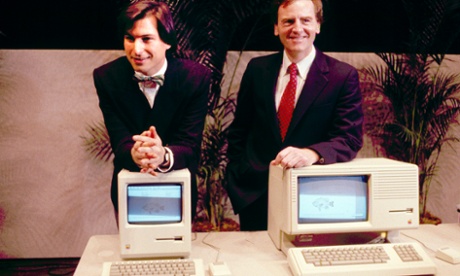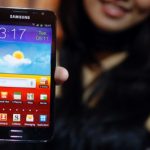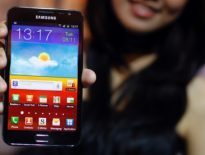The Mac came in with a bang that still reverberates three decades later.

When Steve Jobs launched the Mac 30 years ago today, I was already a user. As editor of Practical Computing magazine, I’d made the pilgrimage to Apple’s UK headquarters for a briefing, along with staff member Ian Stobie, and been seeded with its vision of the future.
One of the freebies was a deep blue T-shirt with a squiggly Mac drawing and a brilliant slogan: I’ve seen the future of computing but I’m not allowed to talk about it. This wasn’t strictly true. The Mac wasn’t really a secret, and my loan machine sat happily in the living room through December 1983. To be honest, I was somewhat disappointed with the reaction. Visitors regarded it as a curiosity, not an object of lust. Even my art director friend Steve Kibble didn’t seem enthusiastic, and I had him down as the prime market.
My main problem with that Mac was that it didn’t do very much. There were only two programs, MacWrite and MacPaint, MacWrite maxed out at writing a resume. The Motorola 68000 processor was too slow, it had too little memory (128K), one floppy, no hard drive, and a cramped 9in monochrome screen. Computer scientist Alan Kay famously described it as a Honda with a one-quart gas tank.
Worse, it was a sealed box. Steve Jobs had the idea that a computer should be an appliance, like a washing machine. Or a games console. But in those days, buyers wanted computers they could adapt, expand and upgrade, like the Apple II and the IBM PC. The Mac’s limitations were bad enough, but Apple had made it really hard to fix them.
Of course, the Mac did represent a real vision of the future of computing, and many of us expected graphical user interfaces to replace character-based computing. But this idea wasn’t new to the Mac, or even to Apple. The Xerox Alto and, later, Star had introduced it a decade earlier, and directly inspired both Steve Jobs and the Mac. (Xerox got a deal in payment – 100,000 Apple shares at $10 each – and Apple also hired several of its staff.)
However, many other companies were working on similar systems. Apple had already introduced the Lisa in January 1983, and the Mac was just its little brother. Personal Software had shown off its graphical VisiOn suite, and Microsoft had announced but not shipped Windows. Digital Research was working on GEM (Graphical Environment Manager), which appeared on the PC and Atari ST. Commodore bought a small company that was developing a powerful colour system, the Amiga. There were many more.
In fact, we had all seen the future of computing: we just didn’t know which version would win. Not many people were betting on the Mac.
Nonetheless, the Mac came in with a bang that still reverberates three decades later. It was launched with a single showing of a TV commercial, 1984, during the American Super Bowl XVIII. This memorably portrayed brave little Apple saving the world from Big Brother – the giant IBM had controlled the data processing market for decades, and its IBM PC had rapidly taken over the microcomputer market. This was followed up by saturation advertising in leading American magazines, and reviews from the numerous journalists seeded with pre-release Macs.
The result was that thousands of Macs flew off the shelves.
Although there weren’t many programs, Steve Jobs got the leading software houses to promote the Mac, with personal appearances from Mitch Kapor of Lotus 1-2-3 fame and an enthusiastic Bill Gates. Microsoft had been working closely with Apple and was developing Word and Excel for the new machine. The future looked bright…
But while the Mac was exciting, it was very expensive for what it could actually do, and sales slumped. Jobs’s sales forecasts and manufacturing plans were, to put it politely, hopelessly optimistic. In the middle of 1985, Apple closed three of its six factories, shed 20% of its staff, and announced the first quarterly loss in its history. In September, after a boardroom showdown, Jobs was fired from the company he had co-founded.
It could have been the end, but it wasn’t. The Mac found a profitable niche thanks to its laser printer and Aldus’s PageMaker program, which created a new industry: desktop publishing. Also, Jobs’s sealed Mac got redesigned into a standard, modular PC-style system with the Mac II in 1987. At last, Mac buyers had bays for hard drives, expansion slots, and support for colour screens.
Jobs’s strategy for the Mac was a mistake in 1984, but it’s one he kept repeating with great success after his return to Apple. Heavily publicised big bang launches for sealed appliance-style devices worked for the iMac, iPod, iPhone and iPad. Although the Mac barely dented what was then IBM’s monopoly, its children have turned out spectacularly well.





